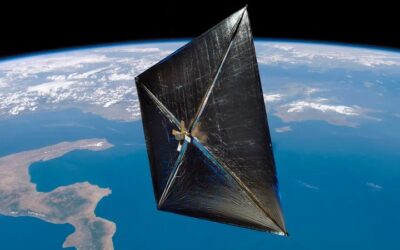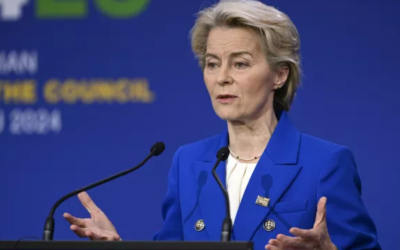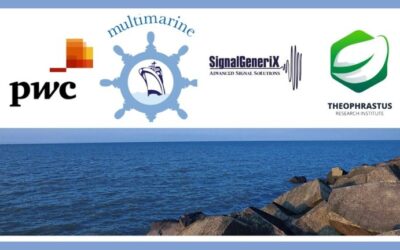The six contracts for the third Axis (Axis 3) of the “National Microsatellite Program,” between the European Space Agency (ESA) and…

Nearly 200 countries have reached an agreement to protect marine life in international waters, which cover about half of the planet’s surface.
This agreement was signed on Saturday night, after two weeks of negotiations at the United Nations headquarters in New York. In the end, the countries ended up in a meeting lasting more than 36 hours, but the preparation of the agreement took two decades.
The treaty provides legal tools for the creation and management of marine protected areas – sanctuaries to protect ocean biodiversity. It also covers environmental assessments for potential damage from commercial activities, such as deep-sea mining, before they start and the commitment of signatories to share ocean resources.
The high seas are sometimes called the world’s last true wilderness. This vast stretch of water – everything that lies 200 nautical miles beyond countries’ territorial waters – makes up more than 60% of the world’s ocean surface.
These waters provide the habitat for a wealth of unique species and ecosystems, support the global fisheries on which billions of people depend, and are a crucial buffer against the climate crisis – the oceans have absorbed more than 90% of the planet’s excess heat in the last decades.
Also read: EMSA | Sniffer drone of Greek ALTUS LSA to monitor ship emissions on Mediterranean Sea coast
Human activity in the ocean adds pressure, including industrial fishing, shipping, the nascent deep-sea mining industry, and the struggle to harness the ocean’s “genetic resources” – material from marine plants and animals for use in industries such as pharmaceuticals.
Existing regulations are piecemeal, fragmented and poorly enforced, meaning that activities on the high seas are often unregulated and poorly monitored, making them vulnerable to exploitation. Only 1.2% of international waters are protected and only 0.8% are designated as highly protected.
The new oceans treaty aims to fill these gaps by providing the legal authority to establish and manage marine protected areas in international waters. Experts say this will be crucial to meeting global biodiversity commitments made by nations at COP15, the UN biodiversity conference in Montreal in December.
The agreement to protect the oceans marks a process that began about two decades ago. In 2004, the UN set up a task force to discuss ocean protection. As recently as 2015, the organization adopted a resolution to develop a binding ocean treaty and, after years of preparatory talks, negotiations began in earnest in 2018.
READ MORE
Von der Leyen | Proposal for the creation of a European Civil Defence Mechanism
The European Commission’s President Ursula von der Leyen called for the launch of a European Civil Defence Mechanism, speaking about…
Flooding in Spain | 7,500 soldiers on the streets
King Felipe VI and Prime Minister Pedro Sanchez are expected to visit southeastern Spain today, 3/11/2024, where unprecedented…
PwC Cyprus, Multimarine, SignalGeneriX, and Theophrastus Join Forces for the EDA’s Symbiosis Project
A leading Consortium comprising PwC Cyprus, Multimarine Services Ltd, SignalGeneriX Ltd, and Theophrastus Research Institute, has been…
MBDA – Matra Electronique | Joint creation of a centre of excellence for defence electronics in Europe
MBDA and its subsidiary Matra Electronique (MEL), which specialises in manufacturing high-precision electronic equipment, jointly…
THEON International | New orders amounting to €74 million having already exceeded €150 million in the 4th trimester
THEON INTERNATIONAL PLC (THEON) announced additional orders for the month of November. As a result of the…
UN | Iran has increased uranium enrichment to near weapons-grade levels
Iran has further increased its stockpile of uranium enriched to near weapons-grade levels, defying international pressure, according to…
Brazil | Arrests of military and police officers for plotting the assassination of President Lula
Brazilian police have arrested five officers accused of plotting a coup which included plans to overthrow the government following the…
Sweden | Leaflets with survival instructions in the midst of the Ukrainian crisis
Sweden started sending out five million leaflets to the country’s residents yesterday, urging them to prepare for a possible conflict…























